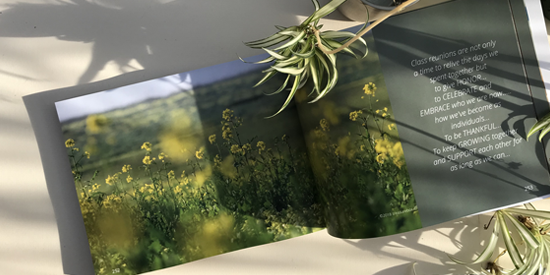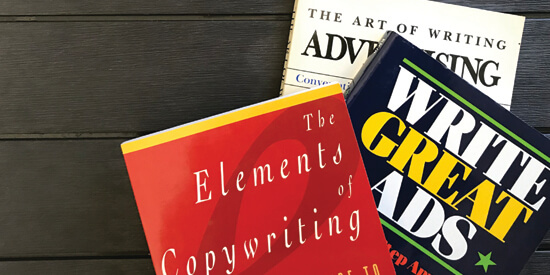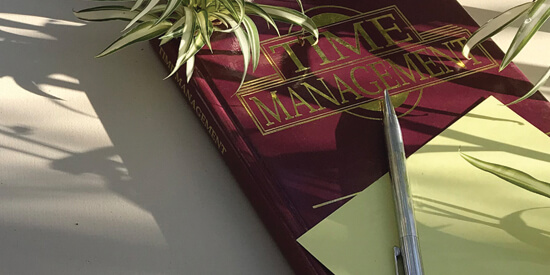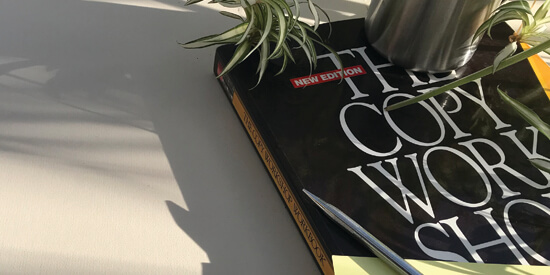

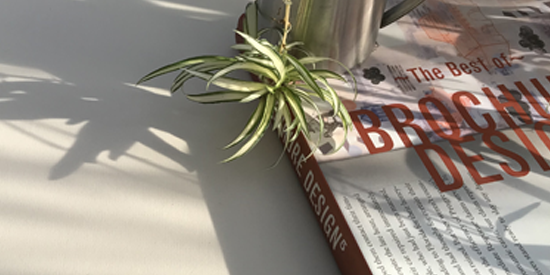
Post #51:
Discover the power of making simple design decisions that not only enhance the visual appeal of your prints but also ensure that everyone can understand and engage with your graphics.
Our guide emphasizes the importance of designing with inclusion in mind, advocating for designs that transcend visual aesthetics to communicate effectively with a broader audience. Explore how seemingly minor design choices can significantly impact accessibility, and learn strategies to create prints that are not only visually appealing but also inclusive.
Delve into the intricacies of font choices and layout considerations, understanding how these elements play a crucial role in making your designs clear and compelling. Uncover the potential to communicate your message effectively, leaving a lasting impression on a diverse audience.
In "Designing for Print," we encourage you to go beyond the surface and consider the impact of your designs on individuals with varying needs and preferences. Whether you're creating brochures, posters, or any printed material, our guide provides insights into crafting designs that transcend visual barriers, making information accessible to all.
Join us in investigating the art of producing prints that prioritize inclusivity without compromising on aesthetics. Learn how your design choices can be a powerful tool for communication, ensuring that your prints not only look good but also resonate with a wider audience. With a focus on clarity, inclusivity, and compelling visual communication, your printed designs will stand out and make a meaningful impact.
Understand Print Specifications
Begin by understanding the specifications of the print medium you're working with. Consider factors such as print size, resolution, and color modes to ensure your design aligns with the printing requirements.
Choose the Right Color Profiles
Opt for CMYK color mode rather than RGB, as it is the standard for print. Adjust your color choices accordingly to achieve accurate and vibrant results on paper.
Set the Correct Resolution
Ensure that your images and graphics have a resolution high enough for printing. Aim for a minimum of 300 dots per inch (DPI) to guarantee sharp and clear print quality.
Embed Fonts or Convert to Outlines
To avoid font-related issues during printing, either embed the fonts in your design file or convert them to outlines. This ensures that your typography appears as intended.
Consider Bleed and Margins
Incorporate bleed into your design if it extends to the edge of the paper. Set proper margins to avoid critical content being too close to the edge, ensuring a clean and professional appearance.
Use High-Resolution Images
Utilize high-resolution images to maintain clarity and detail in your print designs. Low-resolution images may result in a pixelated or blurry appearance on paper.
Test Colors in Grayscale
Check how your design looks in grayscale to ensure it remains visually effective even if printed in black and white. This step helps maintain design integrity across different printing scenarios.
Choose the Right Paper Stock
Select an appropriate paper stock for your print project. Consider factors such as weight, texture, and finish to enhance the tactile and visual qualities of your design.
Proofread Thoroughly
Before sending your design to print, conduct a thorough proofreading to catch any typos or errors. A meticulous review ensures a polished and professional final product.
Print a Test Copy
Always print a test copy before producing a large batch. This allows you to evaluate colors, layout, and overall quality, making any necessary adjustments for the final print run.
Collaborate with Print Professionals
Collaborate with print professionals or service providers to gain insights into the specific requirements of the printing process. Their expertise can contribute to smoother print production. By following these steps, designers can navigate the print world with finesse, ensuring that their designs translate seamlessly onto paper and leave a tangible impact. The emphasis is on precision, attention to detail, and collaboration with print experts.
on art and home decor (5)
on communication (2)
on design (4)
on painting (1)
on planning (3)
on social media (2)
on writing (5)
